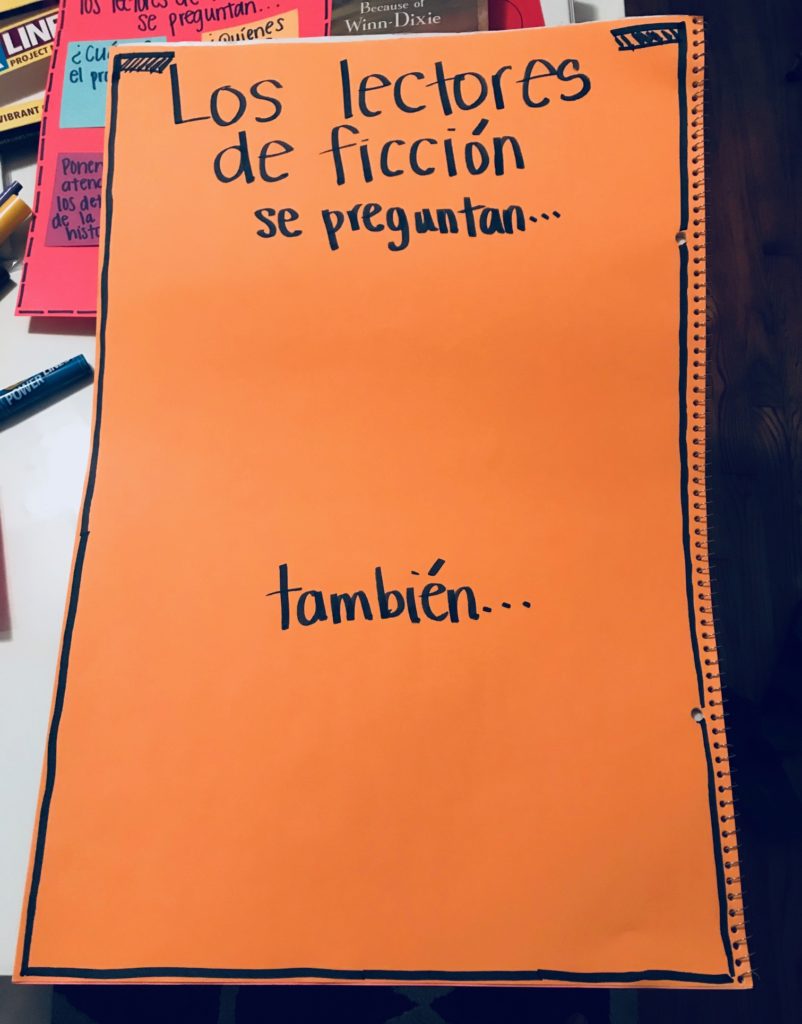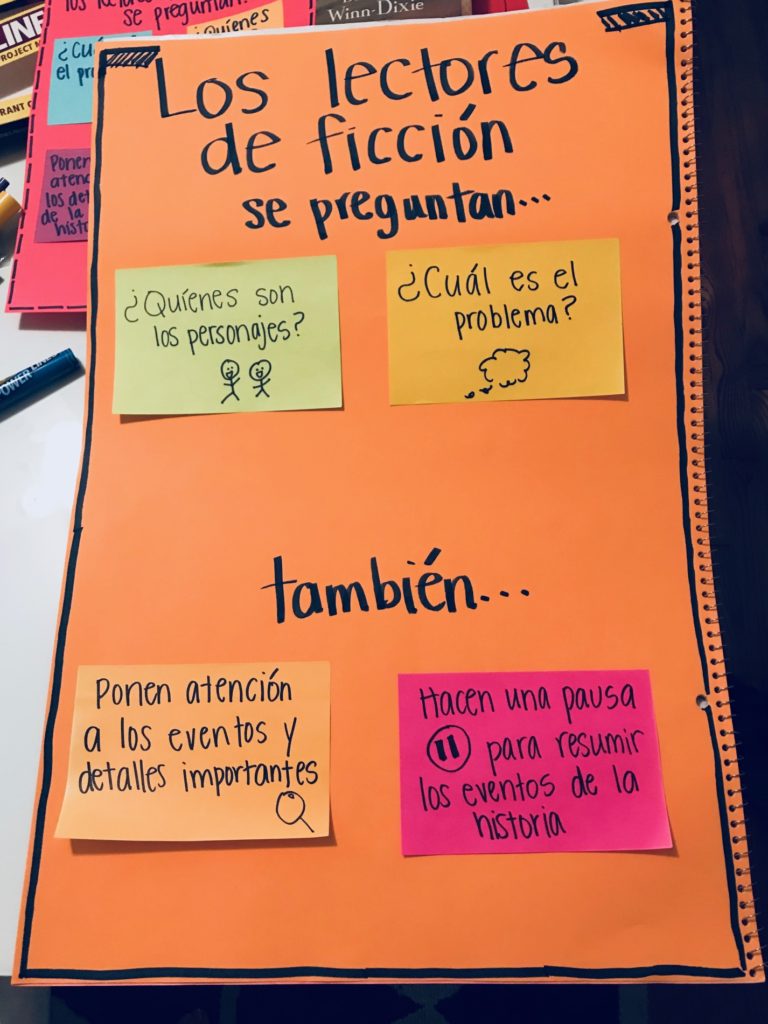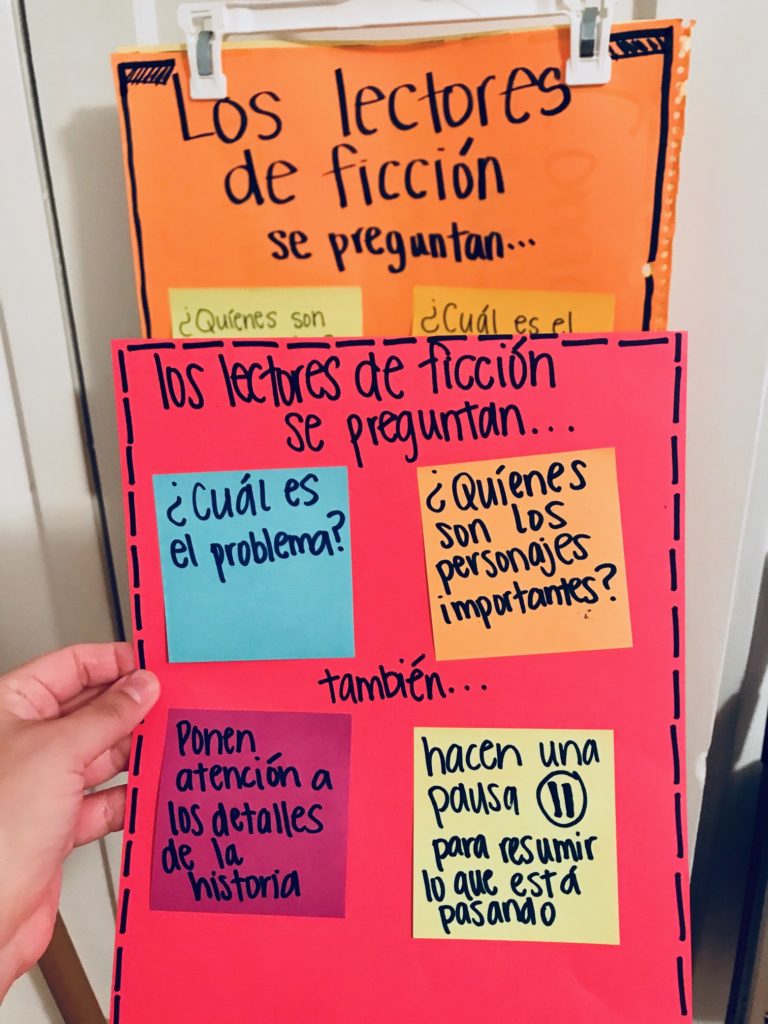I love anchor charts, and I enjoy seeing them on Pinterest and Instagram on a regular basis! However, as cute as some of them are, too often I see them being used or created in a way that I, personally, do not find to be effective.
I’ll be honest in saying that I cringe every time I see a picture of an anchor chart that was created by the teacher the night before the lesson. Why? Well, I believe students should be involved in the process of making an anchor chart! I’ll repeat. Students should be involved in the process of making an anchor chart. Otherwise what’s their connection to it?
In order to create an anchor chart live, you’ll want to invest in sticky notes. Let’s take the picture below as an example. This is what I like to call the skeleton of an anchor chart, aka the part of the anchor that can be written without the students.

As the teacher, I already know what strategies I’m going to teach them to facilitate their learning. If you notice on this anchor chart, I’ve chosen to teach them strategies on how to read fiction. But before I start my lesson, I make sure to have the skeleton front and center. Tip: Write out the sticky notes ahead of the lesson to save time and not jeopardize student engagement. As I start my lesson and begin to verbalize each strategy, I add a sticky note. Once I’m done, the anchor chart ends up looking like this (see below).

After I’ve modeled these strategies, it’s time to wrap up my lesson. I remind my students what to do when reading fiction by referring back to the anchor chart and pointing to each sticky note as I repeat the strategies. “Remember readers, when we read fiction, we ask ourselves, ‘Who are the main characters?’ ‘What is the problem?’ We also pay close attention to the events in the story and pause often to summarize what has happened so far.”
Creating anchor charts with your students and not the night before will teach them two very important things: (1) anchor charts are helpful and (2) anchor charts are not just wallpaper. There’s an instant connection between them and this large piece of paper.
You can take it a step further by creating mini anchor charts on 8 1/2 X 11 and use them during your small group lessons. Don’t forget to follow the same steps as before!

What do you think of this strategy? Do you like the idea of creating anchors with your students? Have you decided to make sticky notes your new best friend? 🙂 Comment below.